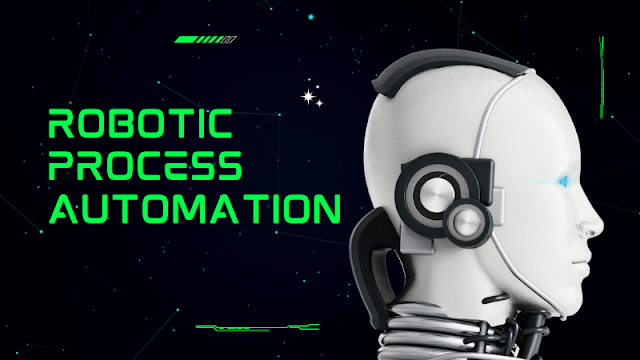What is RPA (Robotic Process Automation)?
Robotic process automation , or RPA for its acronym in English, is a technology that allows configuring computer software or robots to emulate and execute in an integrated and autonomous (or semi-autonomous) manner the actions or steps of a human interaction with certain digital systems. , in such a way that it can execute a commercial process.
In other words, it is programming a virtual robot to do what a person would do on their computer, this in a more expeditious, safer and uninterrupted way; activities such as data entry, processing standard transactions, or answering simple customer service questions.
How does RPA robotic process automation work?
RPA works by replicating the actions of a human being who interacts with applications or systems to perform different tasks, through a script that is executed by the bot under a defined set of business rules.
The operation of the types of process automation software varies according to the tool that is being used and the type of process that is automated, however, there are some basic principles for all: programming interfaces and systems integration.
What are the benefits of implementing RPA?
A robot does not have the needs of a worker: it does not have to rest, or go to the bathroom, or get sick. What's more, it can work 24 hours a day performing tasks in different areas of the organization, and in general the robot can significantly reduce the execution time of those tasks, also reducing the number of errors that humans can make that they used to do. the process. Thus, there are several benefits that derive from a correct implementation of RPA in your company:
Saved Man Hours: RPA takes care of repetitive tasks saving valuable time and resources, plus they cost less than a full-time employee.
Error reduction: The fatigue or lack of knowledge that leads to human errors does not happen with bots, so the rate is reduced.
Agility and increased productivity: robots do more in less time and don't forget to consider that there is no time wasted correcting errors.
Improve response and compliance times: Automation reduces the risk of delays by introducing precision into your operations.
Making the most of employee time: automating repetitive administrative processes allows human workers to focus on complex value-added tasks for the business
What advantages and challenges are associated with RPA?
Automation has become a critical business issue in this digital age as organizations strive to boost productivity, improve user experience, and rapidly develop and launch new products and services. As the RPA technology market grows, IT leaders are increasingly interested in its ability to eliminate repetitive work, streamline operations, and reduce costs. However, as with any new technology, implementation brings advantages but also challenges. Below we indicate the most relevant in each case:
Advantage
Efficiency: RPA has been shown to increase employee productivity as they spend less time on repetitive tasks. Gartner has found that full-time employees can save up to 30% of their time with RPA.
Accuracy – Data entry tasks are often more accurate when performed automated rather than manually. RPA tools also fully comply with organizational and industry policies.
Cost savings: by increasing the productivity of employees, the company saves money. Employees can then do higher value work in the same amount of time.
Access to legacy technology – Organizations that are still using legacy technology often struggle to integrate these tools with other cloud-based systems. Through its user interface, RPA provides a simple entry point to exchange data with legacy systems.
Challenges
Replacement of human workers: One of the main criticisms leveled at RPA and other automation technologies is the potential elimination of data entry and other clerical roles.
Lack of intelligent features: RPA technology alone can only perform the tasks it copies from a script, so it is unable to learn and improve the script it performs. The next generation of AI and intelligent automation tools are being introduced to address this RPA blind spot.
Project complexity – Transformative RPA projects are often complex and require significant time investment to pay back; consequently, some of these projects fail before making a profit.
RPA and artificial intelligence
Robotic process automation is often mistaken for artificial intelligence (AI), but the two are distinctly different. AI combines cognitive automation, machine learning (ML), natural language processing (NLP), reasoning, hypothesis generation and analysis.
The critical difference is that RPA is process-driven, whereas AI is data-driven. RPA bots can only follow the processes defined by an end user, while AI bots use machine learning to recognize patterns in data, in particular unstructured data, and learn over time. Put differently, AI is intended to simulate human intelligence, while RPA is solely for replicating human-directed tasks. While the use of artificial intelligence and RPA tools minimize the need for human intervention, the way in which they automate processes is different.
That said, RPA and AI also complement each other well. AI can help RPA automate tasks more fully and handle more complex use cases. RPA also enables AI insights to be actioned on more quickly instead of waiting on manual implementations.
Reference :
https://www.ibm.com/topics/rpa
https://en.wikipedia.org/wiki/Robotic_process_automation

No comments:
Post a Comment